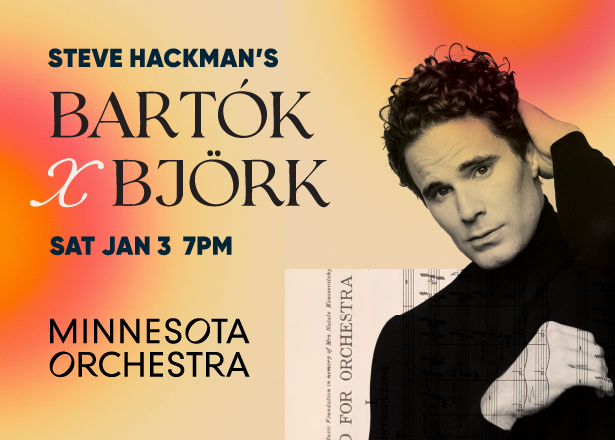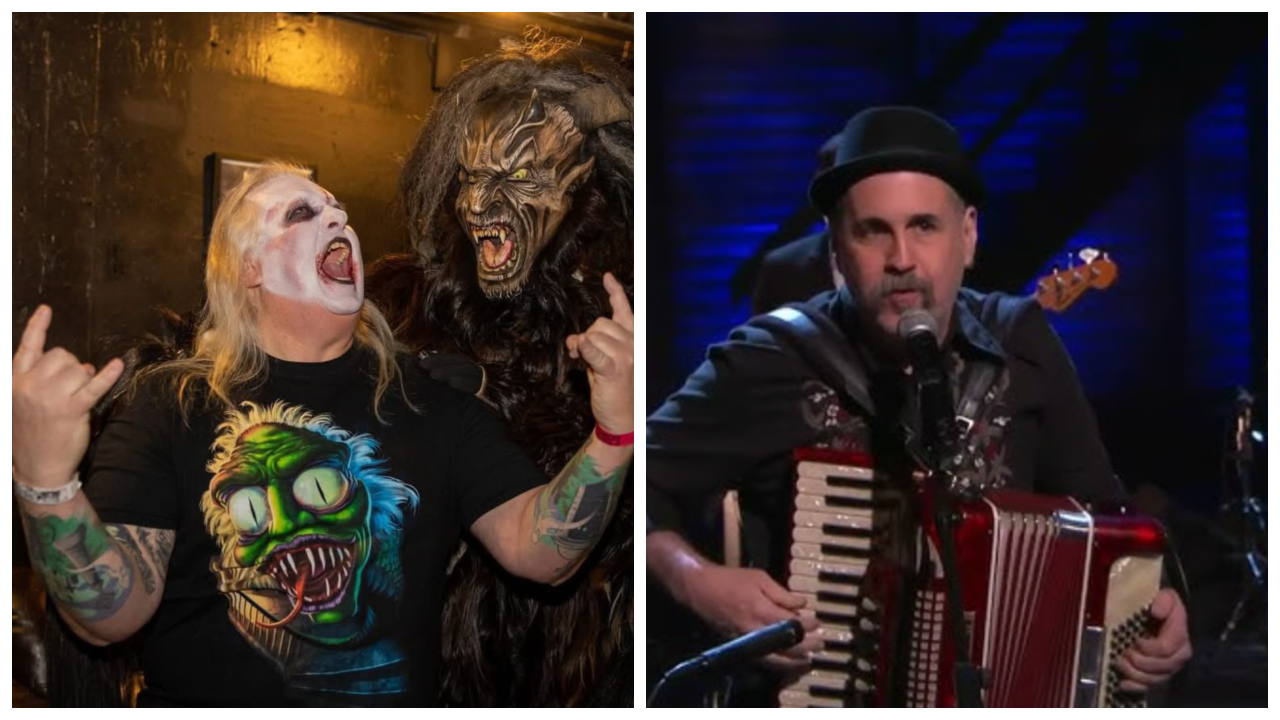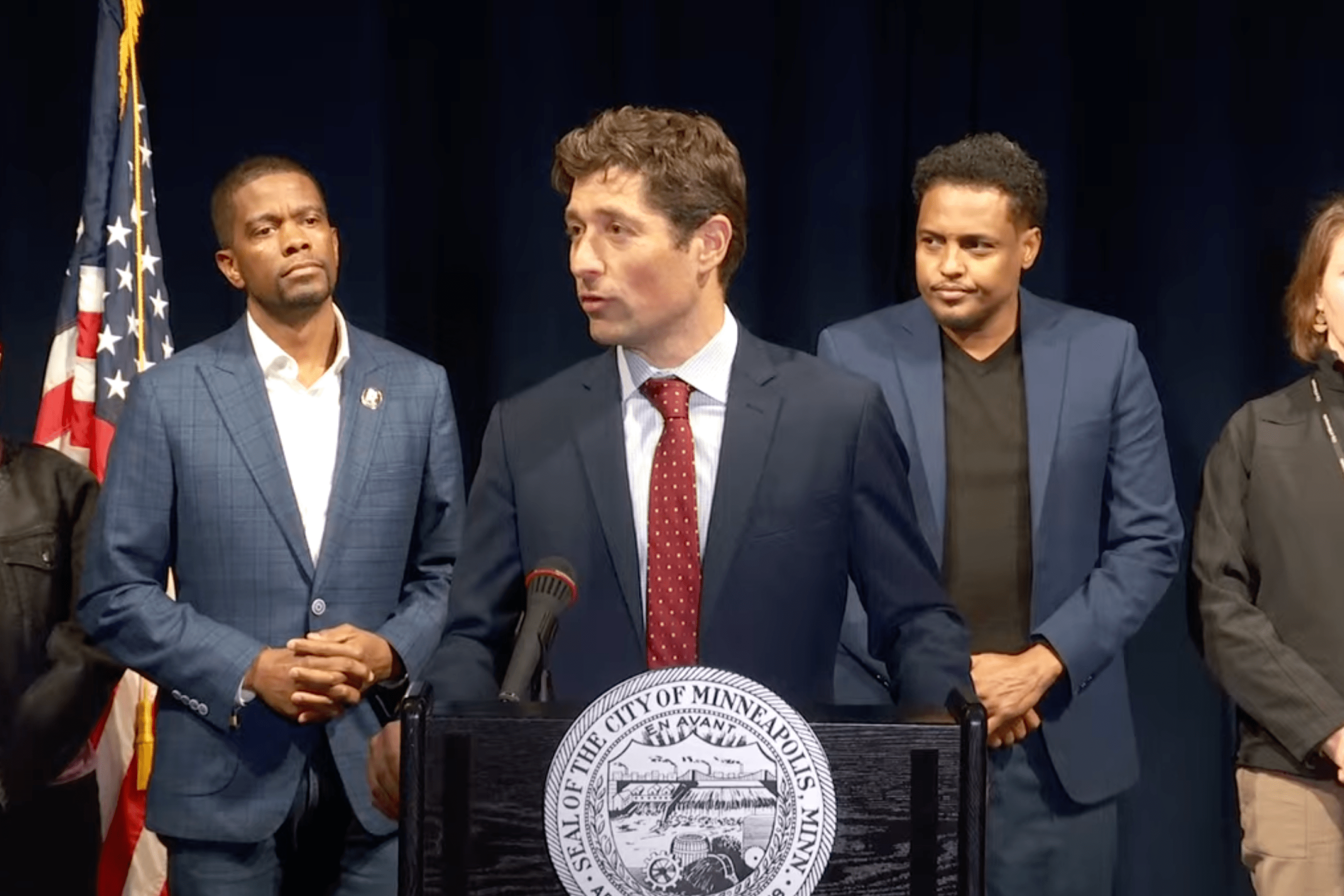One day not too long ago I was thinking, for the 100th time, about how it would be cool to write about “Surfin’ Bird,” the Overtones, and the history of surf music in the Twin Cities. But when I Googled something like “Minnesota surf music,” the first thing that popped up was an episode of something called Minnesota Historia, which had already gone deep into the unlikely story of surf rock on the Iron Range.
So now I’m writing about Minnesota Historia.
Minnesota Historia is a web show—one that sometimes airs on TV—produced by the Duluth-based PBS North. Its fourth season, with six new 10-minute episodes, premieres on the station this Tuesday.
The show’s goal, per main writer/director/producer Mike Scholtz, is to tell “quirky and untold” stories of northern Minnesota. And the stories certainly are quirky, from the Virginia, Minnesota-based surf band the Vaqueros to the time Duluth applied to host the Olympics to St. Urho, a made-up, grasshopper-chasing saint.
Minnesota Historia is hosted by Hailey Eidenschink and filmed by director of photography Steve Ash. “We’re kind of a three-headed beast,” Scholtz says, though the three agree that Scholtz is the driving force of the show. While they all contribute at each step of the process, he does most of the research, writes most of the scripts, and comes up with most of the bits.
His passion for nonfiction started in 1977 when, at age 7, he watched as many behind-the-scenes Star Wars specials on TV as he could, and continued through film school where he liked the documentaries about classic films more than the classics themselves. He's made a whole bunch of documentaries, mostly set in northern Minnesota, about characters with unexpected stories. So when PBS North put out its call for a new history series, he was a perfect fit.
Uncovering these stories really just comes down to two simple tricks, he says: “keep reading,” and “keep going down rabbit holes.”
Eidenschink went to the University of Minnesota-Duluth, where she considered a musical theater major but opted against it. “Out of the two useless majors to go into, I thought history would be a little more marketable,” she jokes. She combined history and performance in her job at the St. Louis County Depot and the St. Louis County Historical Society, where she led tours and eventually teamed up with Scholtz in producing history videos. “I thought she would be perfect for something like this,” Scholtz says.
Eidenschink captures all the tones the show needs. She can be straightforward with the facts and serious when the story requires it, like in the case of Lake Superior shipwrecks. But she can also make funny faces, give a comically solemn reading to phrases like “a band that bing-bonged such a whipperino,” and do justice to the tales of unusual northern characters such as Ely’s “Root Beer Lady.”
“She’s bendable, she’s moldable, depending on what the episode needs and the framing for that episode,” Eidenschink says of her on-camera alter ego. “I’m kind of the everyman. I have approximate knowledge of things and work to communicate complicated ideas and narratives but in a straightforward way.”
Without her, the “untold” stories would be less clearly told, and the show wouldn’t fulfill the “quirky” half of its premise as well as it does—which gets her recognized around Duluth. “It happens just often enough that I’m able to forget in between,” she says. So when she was yelling at the refs while watching the Lynx in the WNBA Finals at a bar last fall and was noticed by a fan, she had to check herself.
That, she says, is the cost of “hyper-localized PBS online fame.”
But the show’s quirkiness is more than just its host. Scholtz and Ash work to add more fun layers. In a season three episode about the Broadway flop The Duke of Duluth, the show relies largely on puppets. That was Ash’s idea. There was also the episode “The Ope Files,” in which they had to recreate a mysterious automobile incident. “There was one part,” Ash recalls, “where we were lying in the highway with these toy cars trying to get them to scoot across the road the way we wanted them to.”
The show also leans into the people of northern Minnesota. Most episodes include interviews, typically conducted by Scholtz and Ash with local experts on the topic. Because the topics can be so weird, the interviewees often come across looking a little out there.
“I’m very transparent with people about how it is going to appear,” Scholtz says. He describes it as “having fun with them,” and adds, “I would never make fun of someone.”
For all its fun, Minnesota Historia is still a history show. “We lure you in sometimes with funny things, and then we try to make you think about it at the end,” Scholtz says.
So let’s do the same thing with this article. You like weird stories? You like history? It’s a great time to support public media like PBS North, as the president works to destroy it.







